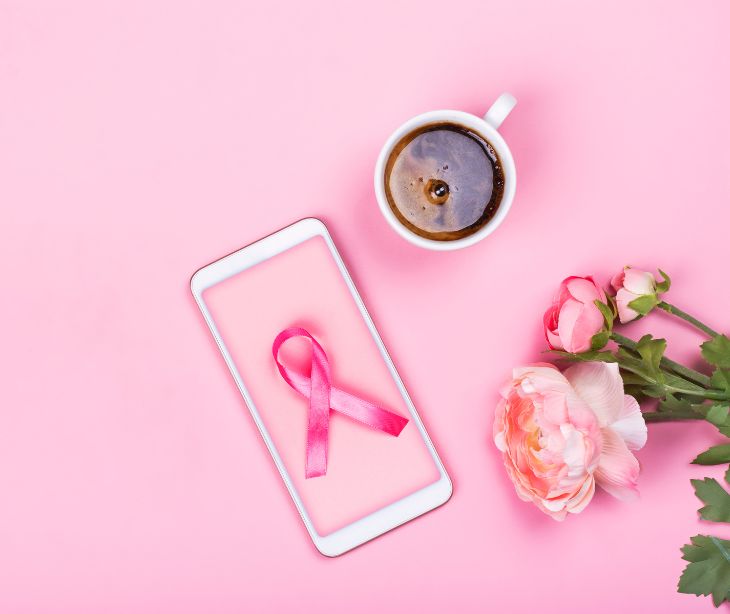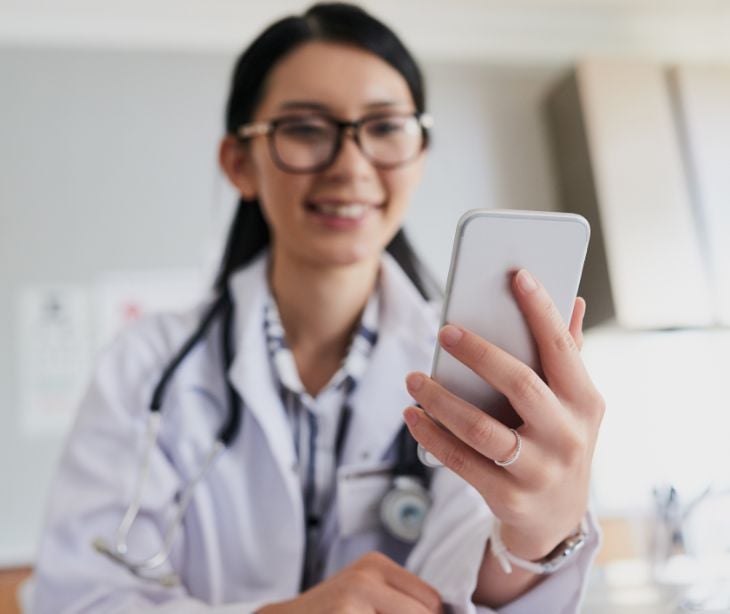
Providers can use HIPAA compliant emails to provide a patient-centered, streamlined, and effective follow-up process in cancer screening.
Improving follow-up communication
After a screening, patients often experience anxiety waiting for results. A systematic review showed that "Individuals with a higher risk of cancer tend to experience more symptoms of anxiety… during the screening process."
The Journal of General Internal Medicine currently puts timely follow-up at cancer screening centers at "93.2 to 96.7% for breast centers, 46.8 to 68.7% for colorectal centers, and 46.6% at a cervical cancer screening center."
Further highlighting, "an opportunity for improving the delivery of cancer screening… with timely follow-up of screening abnormalities."
Improving timely follow-up procedures can help alleviate anxiety for patients awaiting results. Implementing strategies, like HIPAA compliant emails, can be used to communicate follow-up steps or results promptly.
For those needing further assessment, emails can include detailed next steps, appointment information, or referral details, speeding up the process significantly. This could increase timely follow-up rates, improving outcomes and patient satisfaction.
Read also: Why email is effective in healthcare
Setting up automated reminders for follow-up tests
Patients requiring follow-up tests or screenings at regular intervals can benefit from automated email reminders. These can be personalized based on each patient's screening schedule and medical history. Patient Preference and Adherence states that sending "reminders may improve appointment attendance." Automated email reminders can ensure timely follow-up care, leading to better health outcomes.
Sending educational content and preparation instructions
Emails can provide patients with educational materials about the importance of follow-up tests. These inform the patient of what to expect during these procedures and how to prepare for them.
More specifically, it could address common concerns and provide clear instructions for patient care. For example, the email could include information on dietary restrictions before a test or explain the potential side effects of a particular procedure. This can help alleviate any anxiety or confusion the patient may have before their follow-up tests.
Personalized email communications
Secure email platforms, like Paubox, allow for personalization and make communication more relevant to the patient.
Personalized emails about a patient's specific follow-up care plan can include tailored advice, resources, and support options, making the patient feel cared for and supported through their screening journey.
For example, an email tailored for a breast cancer screening follow-up can address the patient by name and commend the patient for making a proactive decision to undergo a mammogram.
The email can then reassure the patient about the screening results and recommend a follow-up appointment in six months. This could help providers establish continuity of care and offer the patient personalized guidance. It helps keep patients informed throughout their screening journey while reinforcing the importance of ongoing follow-up care.
Streamlining the referral processes
HIPAA compliant emails can also be used for patients requiring specialist evaluations or treatments following their initial screening.
It provides a direct line of communication between primary care providers, specialists, and patients. Emails can help ensure timely referrals, keeping all the relevant parties informed of the patient's screening history and current needs.
This can help reduce delays in care and improve coordination among healthcare providers. Secure emails can also allow for easier tracking and monitoring of referrals.
Using patient feedback for continuous improvement
Patient feedback can be collected through emailed online forms sent post-appointments. Providers can use the data collected to evaluate patient satisfaction and understand the potential barriers to follow-up care.
More specifically, providers can identify areas for improvement, like communication gaps or long wait times. They can then make the necessary adjustments to enhance the overall patient experience.
FAQs
Should email communications be monitored in cancer screening follow-ups?
Yes, monitoring email communications allows providers to track follow-up completion rates, patient outcomes, and key performance indicators. This data can be used to evaluate the efficacy of screening programs and identify areas for improvement.
How does a secure email solution ensure privacy and HIPAA compliance in reporting and monitoring?
Implementing a secure email solution like Paubox ensures that patient information remains protected and HIPAA compliant during follow-up communications. Encryption and security features safeguard protected health information (PHI), preventing unauthorized access or disclosure.
What are the benefits of automated emailing systems in cancer screening follow-ups?
It streamlines data collection, analysis, and reporting processes, saving time and resources for healthcare providers. These systems also enable real-time tracking of patient outcomes, allowing for timely interventions and adjustments to follow-up care plans.
Subscribe to Paubox Weekly
Every Friday we'll bring you the most important news from Paubox. Our aim is to make you smarter, faster.



